So, you’ve decided to do this! You are going to learn to ride a motorcycle. Or perhaps you’re just moto-curious. What should you expect? What challenges are you going to face? What are some of the things I wish I knew before I learned to ride?
First I’m stoked that you are here! Learning to ride a motorcycle is an enormous challenge and it might seem a bit overwhelming… but riding is also one of the most rewarding things in the world. For me, from as early as I can remember, I’ve loved motorcycles, no strike that, I’ve been obsessed with motorcycles.
Motorcycles have taken me around the world, over awe-inspiring mountain passes, across face-meltingly hot dusty deserts, suffered through insane rains and hail, tip-toed through the mountains in the snow – sharing the road with snowmobiles, no really – it was that bad.
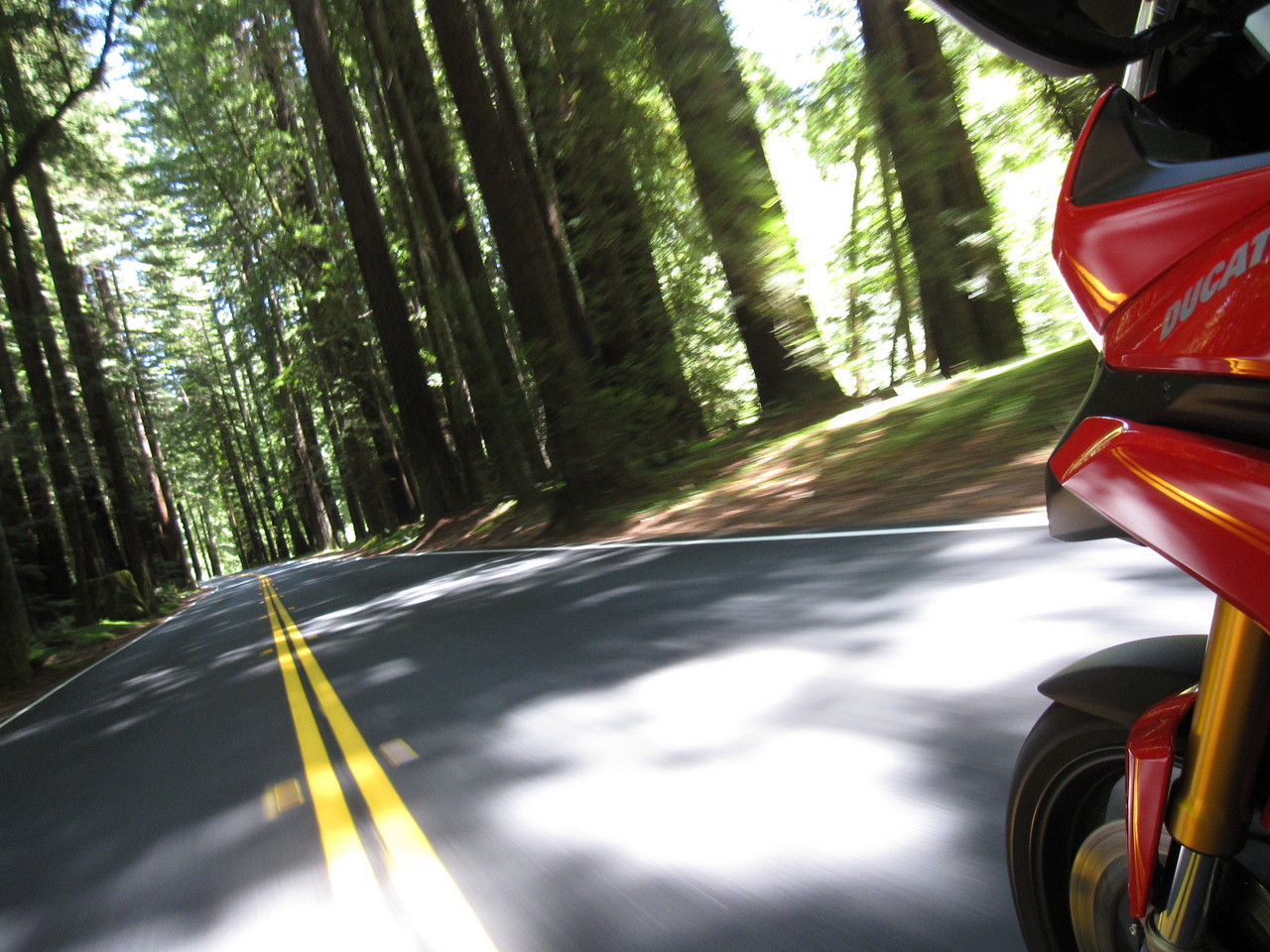
My best vacations, my greatest adventures and all of my closest and dearest friends have all come through motorcycles, even my wife of more than 20 years. Our first date consisted of riding around all night until the sun came up again. Motorcycles have given me so much, but they’ve taken from me as well. I’ve lost friends and some and some have suffered injuries they’ve never recovered from.
That is all to say for all the joy and excitement and fun… motorcycling cannot be done safely – All we can really do is identify the risk and then make choices to reduce those risks. As a new rider starting out on your great motorcycle adventure I ask that you recognize and accept that it can all go pear shaped at any moment, even if you are doing everything right.
So with that said here are some of the things I wish I’d known as I started out and some free advice that is probably worth every penny you are paying for it.
Tires Matter Most
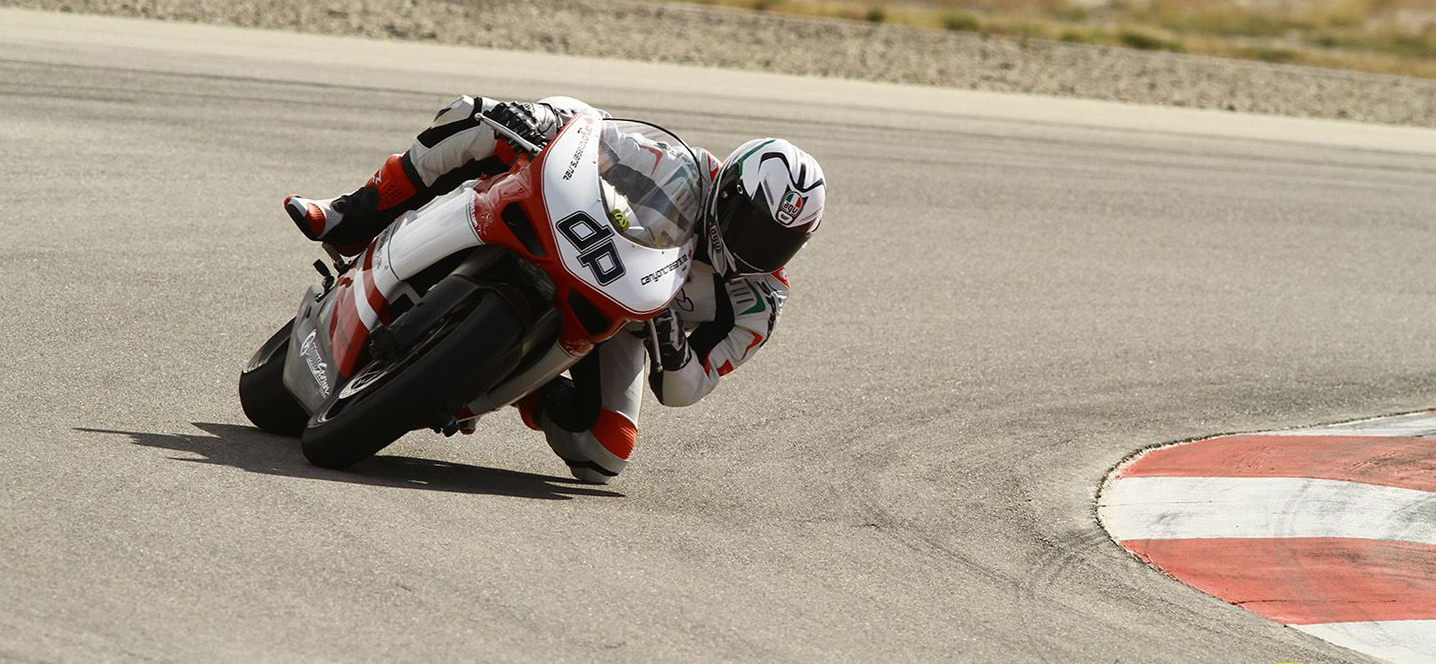
This seems to be the hardest lesson for so many riders. Tires are the most important part of your bike. Don’t waste money on blingy farkles and loud exhaust pipes and chromey do-dads and who-ha’s. Spend that money on tires. Replace them in sets, buy the good ones, and replace them before you think you need to. Motorcycle tires don’t last very long. Car tires come with a 80k km or 50k mile warranty – I’ve never had a tire last longer than 9k kms, and I’ve seen an astounding number of motorcycles with dry rotted tires riding around with “plenty of life” left on them based on tread depth. for love of all things two-wheeled, check your tire pressure and check it often and set it according to the owner’s manual not the stamp on the sidewall.
Wear Earplugs
A helmet is not adequate to protect your hearing, open-face helmets cause even more noise. The wind noise and highway noise will permanently damage your ears and it doesn’t take long at all. I wish someone would have told me this when I first started riding, wear earplugs!
Small Bikes Rule
When it comes to your first bike; you’ll learn more, faster on a small bike. And by small we mean weight and horsepower. A Sportster may be a small bike by cruiser standards, but it’s a freaking heavy bike. An R6 may only be 600cc’s but it makes 130 horsepower. That’s a crap-ton of power. Learning on a big or powerful bike is like trying to learn how to fly by starting in a fighter jet or a 747. There’s a reason why pilots all start out on Cessna’s or smaller trainers and have to qualify on larger and heavier aircraft.
Oh, and don’t spend every last penny on that new bike with nothing left over for riding kit. Which brings me to riding kit.
Full-Face With A Dark Smoke Visor
A full-face helmet with a tinted visor looks totally badass no matter what kind of bike you’re on. It’s also the safest and most comfortable helmet option. But seriously, it looks legit. Get a full-face helmet with a tinted visor for double-cool points.
Armored Gear
Buy Armored Gear that fits. Most new riders, left to their own devices, tend to buy gear, including helmets, one size too big for comfort. But remember, your riding kit needs to stay put at, basically, hurricane force winds. It should be snug. Any good motorcycle shop worth its salt will have someone on hand who can help you figure things out and good shops will also have someone who has been trained to fit your head properly for a helmet.
And finally, just because it comes from a motorcycle shop, doesn’t mean it’s motorcycle gear (I’m looking at you Harley-Davidson). It’s not a motorcycle jacket unless it has armor in the elbows shoulders and back, otherwise it’s just a fashion jacket. Same goes with boots and gloves. As far as you’re concerned; no armor means no good.
Only Four Things
So, when you learn to ride a bike, or how to operate a motorcycle, it feels like a lot. But when we break it down, it’s only four things. Starting, Stopping, Turning and Shifting. At first, getting the bike rolling is going to be a big challenge and then most of us get really worked up about shifting – don’t worry you’ll get those. Turning will become a life-long pursuit as we all strive for that perfect corner. But the most important bike-skill that you need to develop is stopping.
Master the Brakes
You need to learn how to become comfortable with your brakes more than any other control at your fingertips. Your brakes are the most powerful tool in your arsenal. The confidence of knowing you can slow or stop the motorcycle, and what the brakes on your motorcycle are capable of, will be key to your success.
You can begin your journey towards becoming a demon on the brakes just by pushing your bike around. Reach up and slowly squeeze the brakes to bring the bike gently to a stop. Listen for the click of the brake light switch. Every time you squeeze the brakes do it like this and learn how this feels. The key to stopping quickly is to square the handlebars and then master slow, progressive, linear brake squeezing. Never grabbing, especially with the handlebars turned. We need to learn what it feels like as the bikes weight shifts onto the front wheel, pushing the front tire into the ground and giving us even more grip.
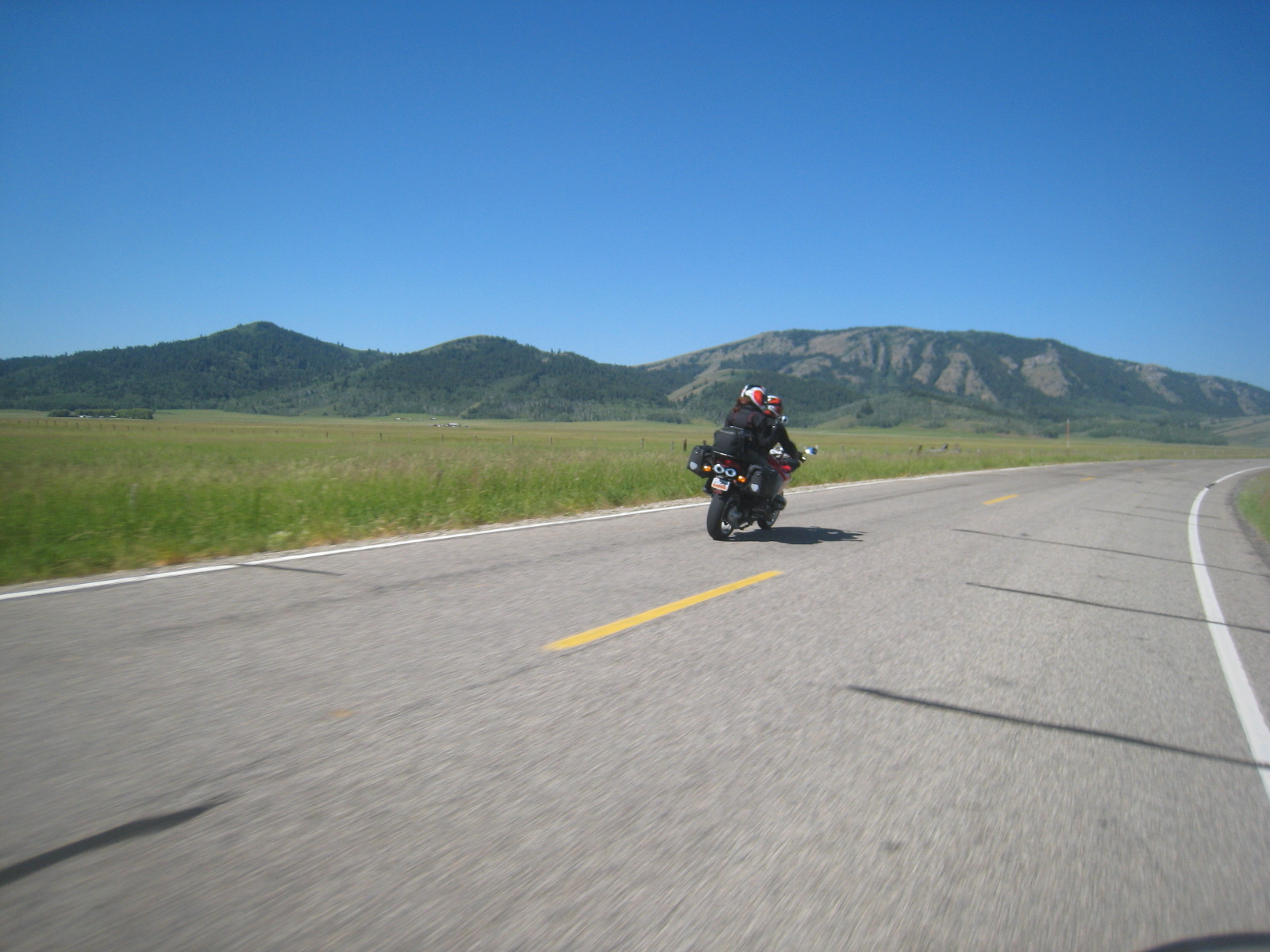
As you ride more and more, learn to trust and rely on your brakes, especially your front brake because as much as 85% of your stopping power comes from the front. Go to the brakes when you are nervous, just enough for that brake light switch to click on is all you need most of the time. Use that front brake to gently slow into corners until you are comfortable with your speed and you can see your exit.
And finally, find an empty parking lot and practice slowly and progressively squeezing the brake until you can bring the bike to a controlled, smooth stop. Ignore anybody who recommends “no-brake drills” or suggests not using the brakes on twisty roads. Riding without using your brakes doesn’t teach you anything and puts you at a lot more risk. Your brakes are your best and most powerful friend. Continually foster that relationship so they’ll be there at the ready when you need them most.
It’s Not Personal
Cars are not out to get you – and what I mean by that is it’s not personal. Sure, we should conduct ourselves and be prepared for anything as though we are totally invisible, but If a car cuts you off, or violates your right of way – it’s not personal. Do not lose your temper and go into a hulk rage fit because you think you’ve had your rights violated. They weren’t. That car driver isn’t paying attention, nor should you have expected them to be paying attention. Give them the benefit of the doubt, maybe they’re having a bad day, or they just found out their kid broke their arm and are rushing to get home. I promise you, it’s not personal. So stay cool.
What’s Behind You is not Important
Leave the past behind you. You must learn to think like an Italian. What is behind us does not matter. I’ve seen so many riders crash because they are upset about how they messed up that last corner, or they are obsessing about that car that almost pulled out in front of them – they focus on what happened to the point where they lose sight of the moment. What’s in front of you is a lot more important than what’s behind you. The same thing goes for any stress at work or at home. Leave that stuff back there and think about what’s in front of you.
Most Advice is Bad Advice
This is especially true if you are female. Almost every dude out there is going to try to impress you with mountains of really crap information, mostly as a way to try to impress you. Realize that the vast majority of riders are going to tell you how they ride – and they probably ride like ass. Speed and skill are not the same thing, just because someone is fast it doesn’t mean they know what they are doing. This goes for books, and yes, YouTube videos, and even some riding schools out there. Do your own homework before taking advice from anyone.
Avoid Group Rides
The people you ride with matter and for that fact, avoid group rides as much as possible. Some of the most violent crashes I’ve seen have all happened on group rides. One bike falls or swerves, hits another bike… When it comes to group rides, only the guy in front is riding the speed they want, everyone else is either going slower or faster than they want to do. My best advice is to simply avoid group rides altogether.

And if you do end up in a group, remember this: The golden rule of group riding is “Ride Your Ride” don’t let anybody goad you into riding faster or wearing less gear than you are comfortable with. Ride your ride. It’s your ass in the seat and is your ass on the line.
Fitness
Fitness helps… a lot. So, I know I talk a lot about the soft-skills. The mental focus and mindsets that help us be successful, but motorcycling is also physically challenging. Not so much about how strong you need to be to pick the bike up off the sidestand or lift it onto the centerstand, but riding a motorcycle is physically taxing in a way that driving a car can never be.
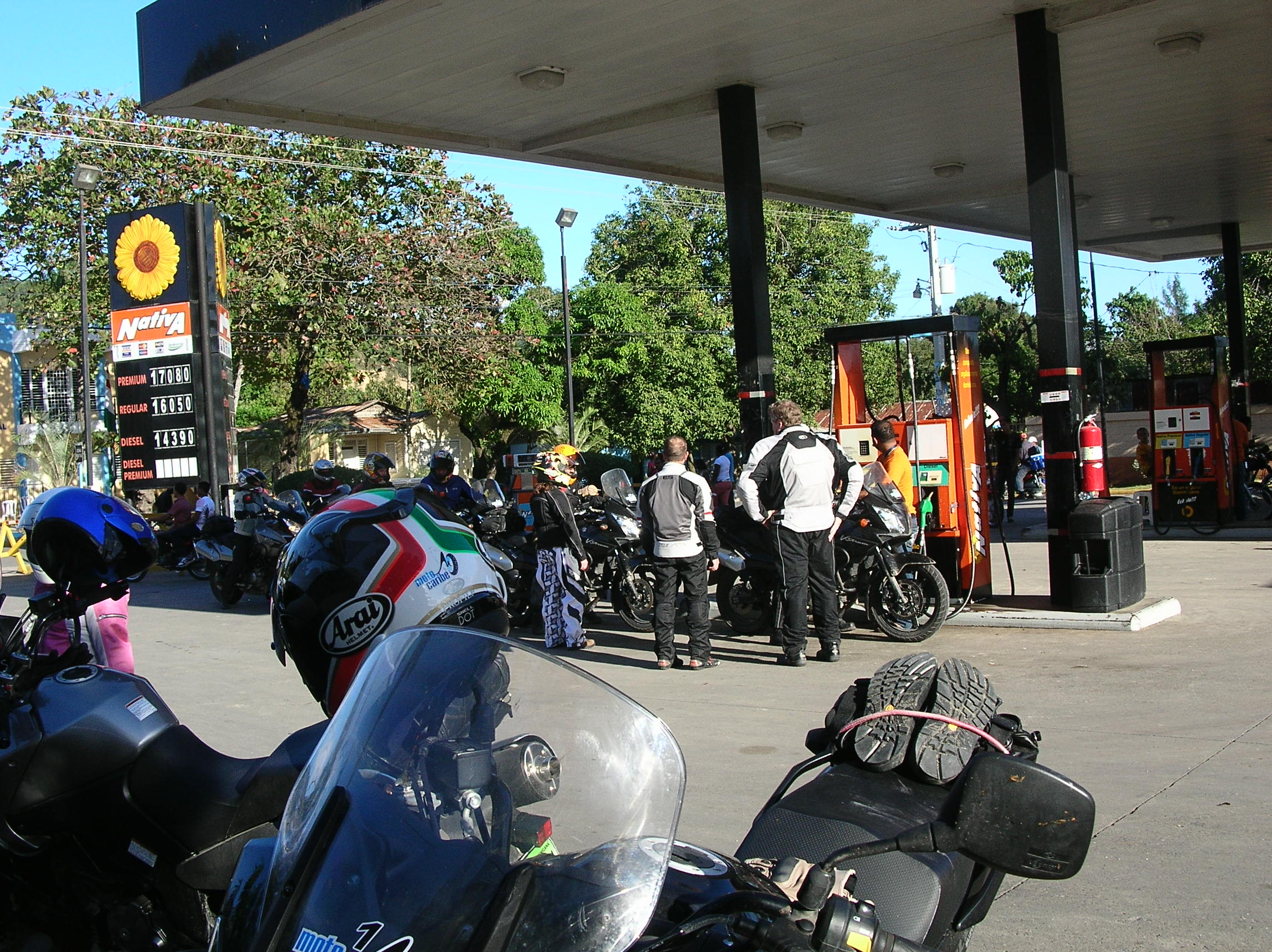
You are exposed to a constant battering by the wind, including turbulence from other traffic. The temperature, be it hot or cold, takes its toll. The noise too. It exhausts you. Wearing earplugs helps a ton with this, but noise is tiring. So, don’t underestimate the physical requirements of riding a motorcycle. Stay hydrated, eat a little something during fuel stops, stretch and, if you want to progress as a rider, enact some kind of regular physical exercise. And the best exercise you can take up – ride a bicycle… quickly. Or even better, get a mountain bike. Every professional motorcycle racer in the world spends thousands of hours per year on a bicycle.

Look, it’s still saddle time and all the rules of motorcycling still apply. It leans the right way in corners, you need to keep your eyes up, and you can practice all your riding techniques on your bicycle and it translates right back to your motorcycle. Struggling with u-turns, go practice on your bicycle. Struggling with braking smoothly, go practice on your bicycle.
The only thing, depending on what part of the world you live in, your bicycle brakes might be backwards. Swap your brakes so the front brake is in the same place as on your motorcycle so you can build good muscle memory and go out and ride.
Don’t Get Discouraged
as you embark on this amazing adventure, remember Riding well is a skill. Not a gift. It’s going to feel weird and you are not going to be good at it, and you are not be good at it for a while. You are starting at the beginning, just like we all did. You are going to struggle, especially in parking lots. Again, like an airplane, motorcycles are more stable if you are going a little quicker. Stall speed if you will. Below “stall speed” your motorcycle turns into a 450 lb brick that tips over easily. As you are figuring this out you will probably drop your bike trying to park or at a gas station, and I assure you, it’ll only happen when you have an audience. Don’t let this deter you because it’s happened to all of us. Hell, I once found myself in the middle of a black-leather biker rally on my Pink and Blue FZR 600 (the 90’s were a different time, don’t judge) and I promptly dropped my bike in the middle of them all. I carry those emotional scars with me to this day. Not really. Seriously, it happens to all of us.
Don’t let setbacks and failures deter you. It’s only a failure if you don’t learn from it. We all need to be constantly practicing and improving if we want to become, and if we want to remain, a good rider. A basic rider course is the first step, but it’s not the only step. Complacency is our biggest enemy. Complacency has caused more motorcycle crashes than anything else. Every rider in the world has something they can be working on, world champions simply spend the most time doing that.
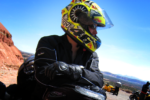

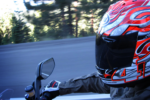
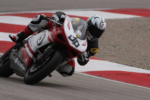


tinted shields may be fine for sunny days but at night or fog or dim light they reduce visibility to dangerously low levels.
Dark visor? What? Don’t you ride at night?
Clear visor with sunglasses or built-in sun visor that slides up into the helmet when you don’t need it.
We go to great lengths to avoid riding at night because of the unnecessary risk. We carry some clear lenses if we do get caught out.